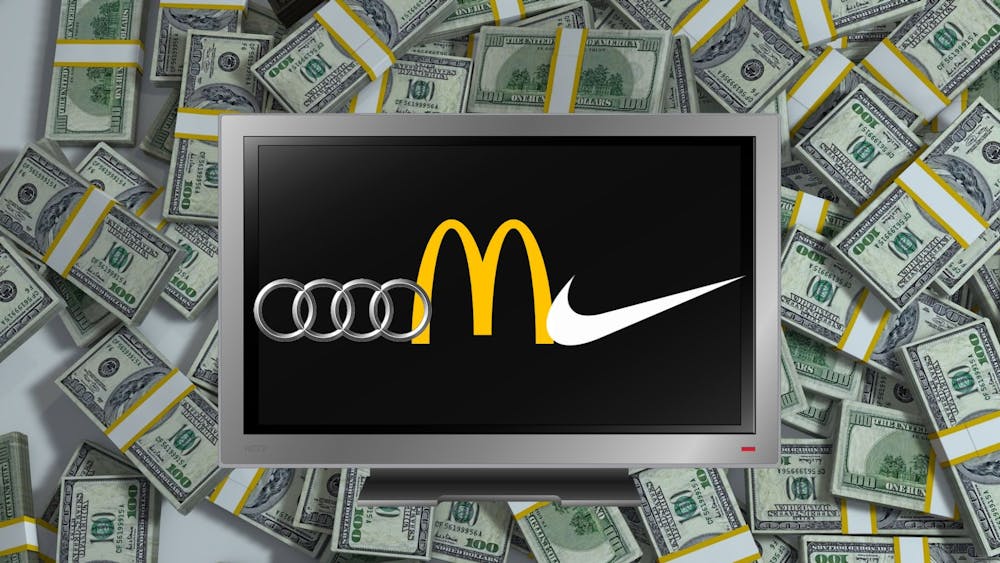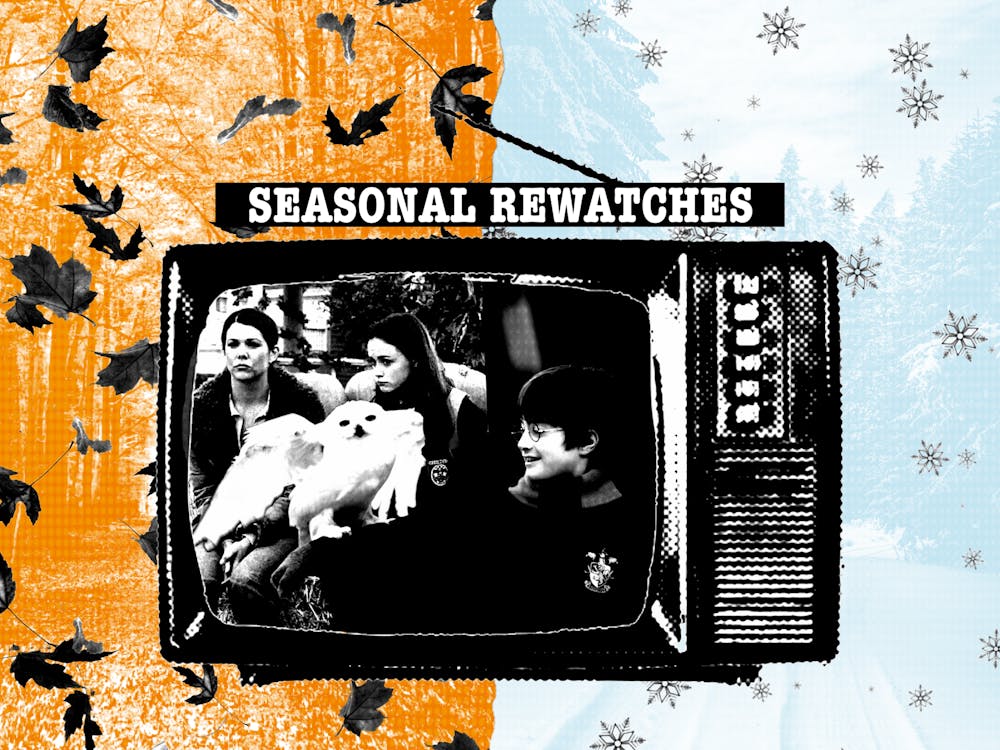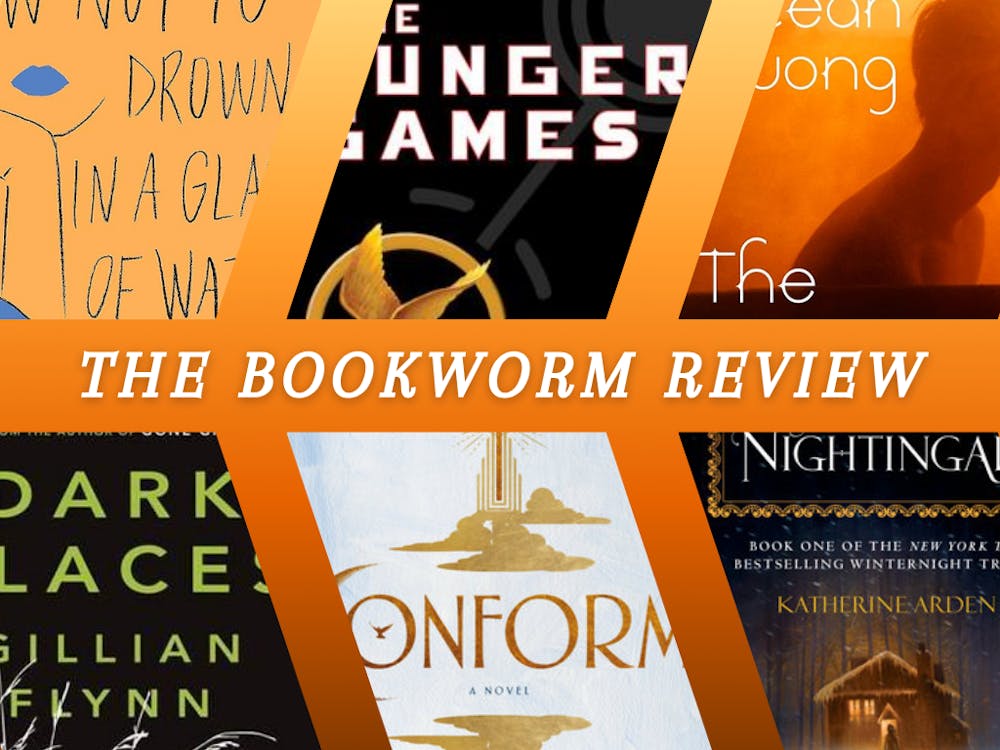When you see the main character of a movie or show drinking Coke or wearing Nike shoes, you don’t always think about it. This subtle product placement can be seen across mediums, but more often than not, it’s a minor brush stroke in the larger picture.
Not in “Loki.”
“Loki” not only pulls its partnership with McDonald’s to the forefront, but the two giants share the sunlight with no shame.
Over the summer, brown carry-out bags advertised that the major chain would make an appearance in the show as it has done in other series such as “The Office” and “Seinfeld.” The bag had appeared in shots or conversations in said series, but the chain hadn’t been a focal point the way that it is in season two of “Loki.”
In the first episode of the new season, a titular character ends up in an ’80s version of the restaurant while saying that they “want to try everything.”
The placement is extremely obvious. Happy families eating in the restaurant, names of menu options peppered into the background noise and multiple appearances of the Golden Arches logo.
This is in stark contrast to past films or shows, with product placement being used in the background or even in a way that progresses the storyline.
“The Office” used a similar scenario of a whole new location by having characters talk or work at Staples. The difference in “The Office” is that the location is used as a comedic contrast to the main setting while suppressing more of the business side of the relationship that is prevalent in “Loki.”
Earlier in the Marvel Cinematic Universe, Tony Stark only drove Audis in the same sense that James Bond is always seen in an Aston Martin (except for a few BMWs in the late ’90s). On both of these occasions, the brands get a few scenes that show off its cars, but they are used by the characters in ways that are believable for both their personalities and the story that surrounds them.
Product placement can be even more silent when it comes to things smaller than cars or locations. Any scene that takes place in a kitchen will have a specific fridge, can or box that has been chosen or placed for this exact moment.
Jerry Seinfeld could always be seen in his “Seinfeld” kitchen surrounded by name-brand cereals or drinks. All of this is believable and sets the scene of the apartment rather than dragging the character into an ad for a specific place such as McDonald’s does in “Loki.”
People aren’t upset that brands are put into their media. We’re surrounded by brands every day, and if they weren’t in our entertainment, it would be stranger than if they were featured. But “Loki” comes off as a force-fed ad that does nothing but that — advertise.
Enjoy what you're reading?
Signup for our newsletter
The running scene in “Forrest Gump” is centered around a very specific pair of Nikes, but in this sense, they’re just shoes that take Forrest from coast to coast. That’s the difference. “Loki” prioritizes the product, not the story that it was placed in.




